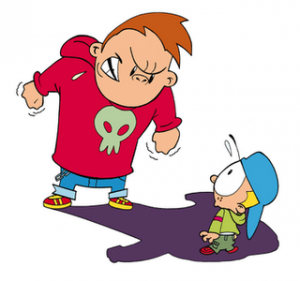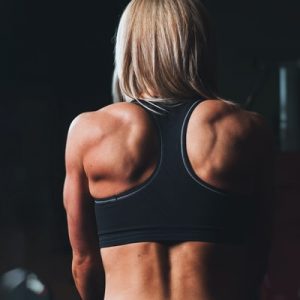Finding the cause of your injury
It’s common to think ‘I have knee pain because there is something wrong with my knee’. However, with cycling injuries there are areas of the body that are more likely to be injured (the bullied!) and areas that are more likely to be the course (THE BULLIES).
Today we will try to get to the bottom of your cycling injuries.
The Bullies

The hips
the thoracic spine
the foot and ankle
The Bullied

the Low back
the neck
the knees
The shoulders
the wrist and hand
 “A
“A
The hips
The hips are a bully because they are so stable and so powerful!
If your hips are stiff and unable to achieve the required range of motion they are so powerful and stable they will tend to send the force/compensation on to other joints. As a result it forces the bullied joints to adapt. For example, A lack of ROM in the hips will pass their compensation on to the knees and lower back.
This does. not mean a bully can’t get injured, it can. However, if you are having knee pain you may need to concentrate your efforts somewhere other than the knee.
THe Thoracic spine
Now you know the idea from the hips, it’s a similar story with the thoracic spine.
The thoracic spine is hugely stable and powerful because of the shape and size of the rib cage and the amount/size of muscles attached.
Due to the position we adopt when cycling and the time we spend there increasing the thoracic curve can be a real problem if it leads to stiffness.
Also, there is not much movement stimulus for the thoracic while we are on the bike, so we can get stiff in rotation and lateral flexion. Not a major problem on the bike, but could be causing us problems off the bike.
As you can imagine, if your thoracic isn’t able to get the range we need, it will force its’ adjacent joints to compensate for it. In this case it will most likely that the neck and the lower back will bear the brunt. Though never rule out its knock on effects to things like shoulder, wrist or hand pain.


THe Foot and Ankle
I would usually put the foot and ankle as number 1 bully for most sports, but not for cycling. Because of the low impact I think the foot has slightly less influence than it will compared to a sport like running.
That doesn’t mean it’s not important though. When I bike fit the cleat position is a really important aspect.
The way the foot engages with the shoe/pedal can cause problems for the knee.
If I fit someone with knee. pain there will be options to address this through the cleat position and also using wedges.
If the cleat position is good and there are still problems, looking at inserts within the shoe can be a real help in getting the foot stable and engaging with the shoe more.

So what to do about it?
The approach you take to solving any cycling injuries will always depend a lot on the individual, so its difficult to give a blanket approach. However, I would split it into two areas to work on.
- Do we need to adapt the bike fit?
- Do we need to adapt the body?
Everyone is individual, so what is required will be different for everyone. Some will benefit more from changing the bike, some from working on strength and mobility in their body. Some may need a bit of both, the key is to figure out what is the root cause of the symptoms and make sure that is being addressed.


Related posts:
You may also like:


